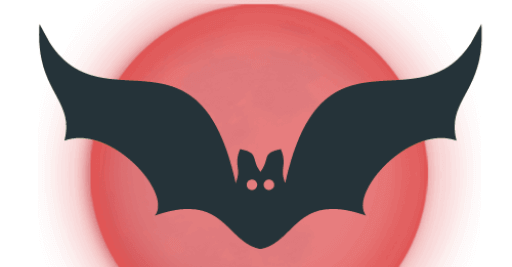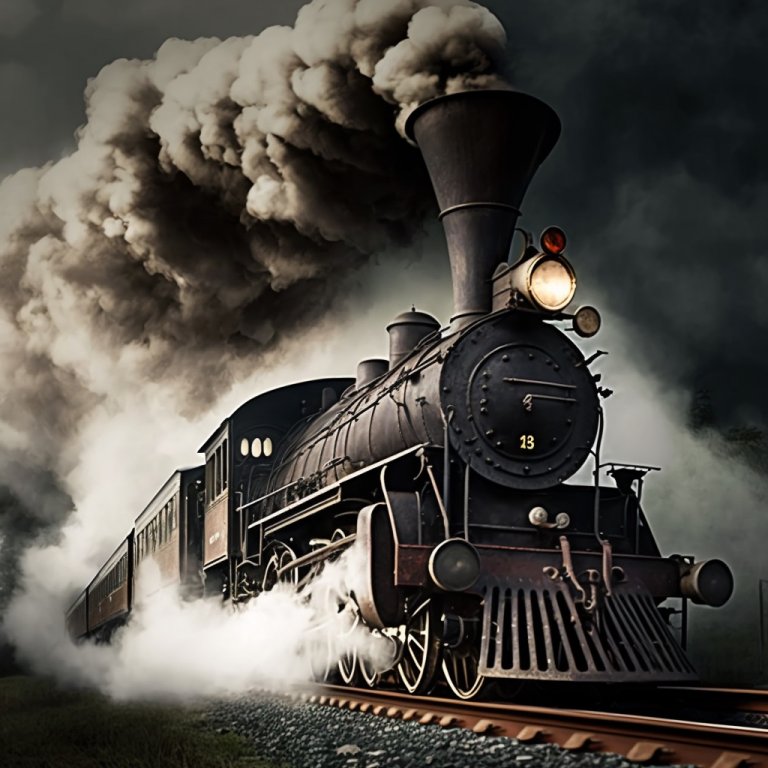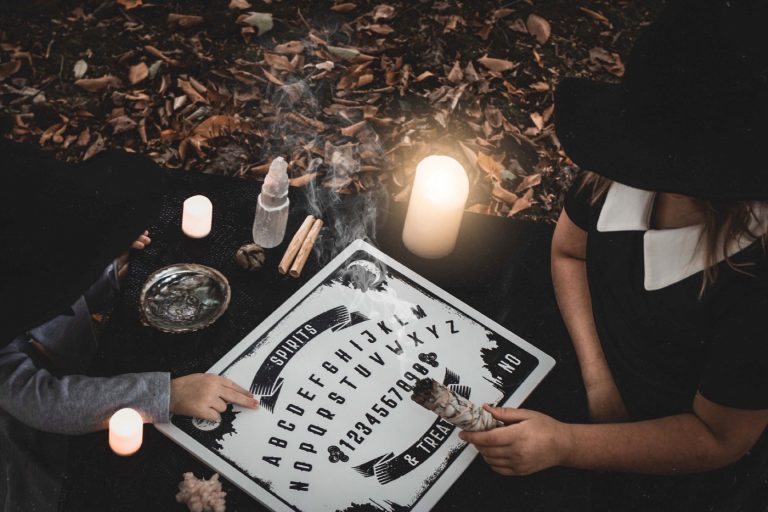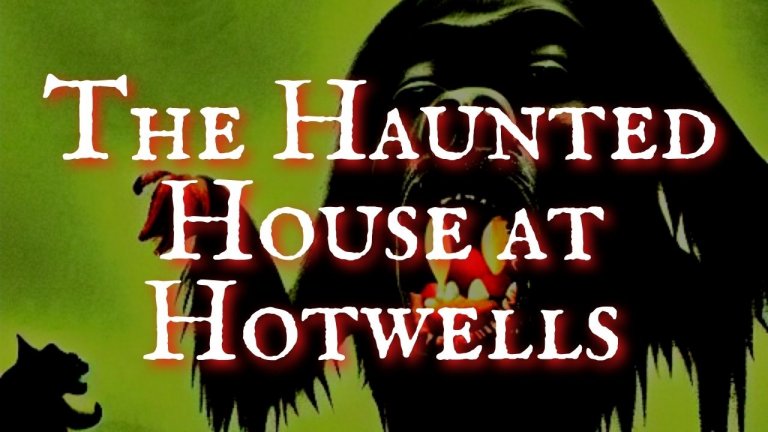Can You Create A Ghost?
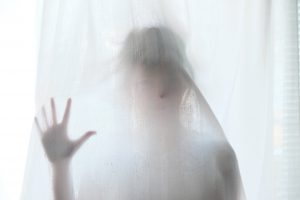
Photo by Steinar Engeland on Unsplash
Are Ghosts Real?
Can you make a ghost? Are ghosts even real? That is the age-old question. Most people don’t believe in ghosts and those that do think they are spirits of departed humans. But a fascinating Canadian experiment could prove both wrong.
Besides the spirits of departed humans, lots of cultures believe in non-human spiritual entities such as djinns or afreets or demons and demigods.
Western Magic claims the magician can create ‘thought forms’ which will go off and do the magician’s will. I think that idea applies to the experiment we are going to discuss here, and I will come back to thought forms at the end.
The idea that the paranormal activity we perceive as being generated by spirits is actually being caused by the human mind is one that has gained traction amongst the psychologists who study paranormal phenomena.
Believers in this concept think that if the energy is right, we might unconsciously create or alter our surroundings. This might include the creation of ghosts, by an unknown mental mechanism.
The Toronto Society for Psychical Research
The Toronto Society for Psychical Research (TSPR) did an intriguing experiment in the early 1970s to test that theory and see if they could actually make a ghost. The plan was to put together a group of people to fabricate a totally fictitious persona and use séances to communicate with him in order to get messages and experience other environmental occurrences. Their biggest aim was to get the ghost to materialize.
Dr. A.R.G. Owen oversaw the TSPR’s selection of eight members from among its membership. The individuals who made up the group, which came to be known as the Owen group, included Dr. Owen’s wife, Iris, as well as former MENSA chair Sue Sparrow, an industrial designer, an accountant, a stay-at-home parent, a bookkeeper, and a sociology student. Dr. Joel Whitton, a psychologist, was a frequent observer at the group meetings.
The important thing was that none of the group claimed to be ‘sensitive’ or to have any psychic abilities. None of them had ever worked as a medium, either professionally or with friends and family.
Creating The Ghost.
The first task was to create a fictional historical character. They got together to write a brief biography of Philip Aylesford.
The story they dreamed up said that Philip was an Englishman who was born in 1624 and lived through the time of Oliver Cromwell. They made him a Catholic and a supporter of King Charles, and thus against Cromwell and on the losing side in the English Civil War.
Philip was married to a beautiful but cold and physically unavailable wife, Dorothea, the daughter of a neighboring nobleman. One day when out riding on the boundaries of his estates, Philip came across a gypsy encampment. He met a beautiful dark-eyed girl, a raven-haired gypsy girl called Margo, and fell in love with her.
Philip knew it was wrong, but passion consumed him and brought Margo to live in the gatehouse near the stables.
For some time he kept his love-nest secret, but eventually Dorothea, realizing he was keeping someone else there, found Margo, and accused her of witchcraft and stealing her husband. Philip was too scared of losing his reputation and his possessions to protest at the trial of Margo, and where the witch-finder convicted her and put her to death by burning at the stake.
This burning at the stake is a historical inaccuracy, as witches in England were hung, not burned. But whether Philip commented on how his love died during the seances, I don’t know. I would be interesting if he had said they burned her as that would have definitely nailed him as a product of the imagination rather than a genuine ghost.
But what am I saying — nobody disputes that he was a product of the imagination.
In any case, Philip was so remorseful that he had let Margo suffer and die that he could get no peace and took to pacing the battlements of his mansion at Diddington in despair.
Then, one day, the servants found Philip’s body at the bottom of the battlements. It seemed e had cast himself over the wall in a fit of pain and remorse.
That was the biography. One of the Owen group members even drew a portrait of Philip to beef up his reality in their minds.
The Second Phase
The group began the second phase of the experiment with their creation’s life and appearance established in their minds.
In September 1972, the group started holding informal meetings known as “sittings,” during which they would talk out loud to the imaginary Philip and his life, ask him questions, concentrate on him, and attempt to elaborate on their “collective hallucination.”
These sittings, carried out in a well-lit space, continued for almost a year producing no outcomes. Some group members did claim to sense a presence in the space, but they received no communication from Philip in response to their questions.
Because Plan A wasn’t working, they ramped it up.
The Séances
In the summer of 1973, Iris Owen discovered the work of three individuals. Colin Brookes-Smith, D.W. Hunt, and Kenneth Batchelor were researchers who studied ghosts and psychics in the 1960s.
They emphasised the importance of the setting. They suggested recreating the Victorian séance room, with singing and a definite spiritualist ambience were emphasised. They had also established some guidelines for successful ghost contacts. The most important was that crucially, they firmly believed that the phenomenon they were investigating actually existed.
So the Owen Group changed their strategy. The group tried to recreate the environment of a traditional spiritualist séance. They would sit at the table, turn down the lights, sing folk songs and recite nursery rhymes that originated in the 1600. They also brought pictures and paintings of the castle they thought Philip would have lived in, as well as antiques from that era, again to thicken up the reality of the fictional Philip.
And guess what? It succeeded.
Philip Emerges
It took them three sessions to get the psychological state they needed. A shaky rap began on the table during the fourth session. They were certain that nobody was moving the table.
“Is that you, Philip?” someone whispered.
Philip was there at last.
After that Philip responded to the group with one rap for a yes and two for a no. They believed it was Philip who was doing the rapping. Technically, it could have been another ghost, but it was Philip they had been focusing on so they presumed it was him doing the rapping.
From there, the sessions surged forward, producing a variety of occurrences that defied scientific explanation. Through the table-rapping communication, the group learned about Philip.
Philip appeared to have a personality, expressing his likes and dislikes and his strong opinions on a variety of matters through being fast or hesitant in his knockings. Most amazingly, Philip’s ghost also moved the table from side to side, despite the thick rug it sat on.
They stopped the people in the audience from moving the table by having their hands in the open.
But even after placing hands on the tablecloths in plain view, when the questions were asked, and Philip answered, they still heard the raps, though no one at the table could rap without being spotted.
There was only one conclusion — The raps were coming from the ghost. Sometimes the table stood on two legs. These are the kind of events reported from historical spiritualist seances.
As we’ve seen, some responses weren’t historically accurate when the information used to create him hadn’t been accurate. Sometimes he didn’t know. He would scratch the table if he didn’t know the answer to a question.
Philip’s responses were coming from their own minds. Were their own minds creating the sounds and the movement of the table too?
Phillip actually never spoke. Some members thought they heard whispers in response to questions, but even though the group got out tape recorders, they captured no voice on tape.
Philip’s psychokinetic powers, however, were amazing and unexplained. The lights would dim if the group asked Philip to dim them. He would restore the lights when asked to.
The group sat at a table that was the focal point of many strange phenomena. There were a few times when a mist formed over the center of the table. Most astonishing, the group reported the table would sometimes be so animated that it would rush over to meet latecomers to the session, or even trap members in the room’s corner.
Over time, Philip gained a variety of skills. He could play an entire song on the table. They requested him to bend a small medallion. It bowed somewhat around the edges during the seance, but after being left on the table all night, the next morning they discovered it to be entirely twisted up.
When a visitor asked Philip to bend his key, it was only slightly bent. But the following day, he saw it had bowed so much that he could not unlock his front door.
They asked Philip if he could cause the breeze to start and stop at will. He was able to, and he did. The group noticed that the table itself felt different to the touch whenever Philip was present, having a weird electric sensation.
The climax of the experiment was a séance conducted before a live audience of 50 people. They filmed the session for a documentary for the Canadian Broadcasting Corporation.
Philip performed above expectations and was not stage shy. The group attained a full levitation of the table. The group and the film crew watched as it rose half an inch above the floor. Philip also created other noises around the room, and made the lights blink off and on.
Unfortunately, but conveniently, the dim lighting prevented the levitation from being captured in the film.
The Owen group’s initial ambition of seeing the spirit of Philip actually manifest was never brought about. Even so, the Philip experiment offered them much more than they could have ever dreamed, and amazed the world.
Can You Make a ghost? Other Ghosts
The Toronto SPR decided to repeat the Philip experiment with a brand new group of participants and a new fictional persona because it was so effective the first time.
After just five weeks, the new team made touch with Lilith, a French Canadian spy.
They called up Sebastian, a mediaeval alchemist, and even a guy from the future during experiments. They were all entirely imaginary, but via their distinctive raps, they all established inexplicable communication.
Australian researchers conducted the “Skippy Experiment.” You may be familiar with Skippy because he appeared in a popular Australian television series.
But this ghost wasn’t a kangaroo. The six participants produced the narrative of Australian teen Skippy Cartman, 14 years old. The group claimed Skippy communicated with them through raps and scratching sounds.
No matter the personality of the spirit, the group who had imagined the ghost could create raps as long as they could have that peculiar double-think state where they knew the ghost was fake, but also at some level accepted it as real.
The Toronto SPR Philip Group received an invitation to Kent State University in 1977. Kent urged them to persuade Phillip to rap not just on the table but also on a metal sheet. He did this and made a pinging sound. He seemed then to get into his stride, sometimes pinging on the room’s pipes. I
The poltergeist raps and pings that have been recorded show an unusual waveform when examined on an oscilloscope.
Electronic Voice Phenomena
Another Toronto SPR team was studying Raudive recordings. These are called electronic voice phenomena. The technique involves listening to recordings where voices of the dead are heard on the tape. They can be heard on tapes of pure white noise and are not related to the original recording.
The Electronic Voice group completed a seance with Philip present. Philip toppled the two microphones with the help of an ashtray. They heard a weak voice when everything was in place again. Usually just one or two words that were quite difficult to understand. However, the group claimed they could clearly make out the statement:
“You’d be surprised.”
I have linked to the Toronto Society for Psychical Research article in the New Horizons Journal here.
Thought Forms
Dolores Ashcroft-Nowicki was a ritual magician working in the Western Tradition. She co-authored a book on the Magical Use of Thought Forms with J Brennan. It is available here for free.
Ashcroft-Nowicki claims she can train you in observation and visualisation so that you can visualise an entity that will act independently and go off and do things in the world for you.
She calls this process the manipulation of astral matter. Her training course, as set out in the book, describes the creation of a certain set of mental “patterns” used as an astral ‘building set’ to construct intricate structures.
Occultists believe that thought forms cause all hauntings. However, in occultism, additionally, it is claimed that magic can intentionally produce thought form beings, or these forms can emerge unintentionally from focused human thoughts and emotions in a certain location.
A magician makes an artificial lifeform out of thought. Remember, they believe that ghosts are merely naturaly occurring thought forms created by anguish, pain, or negative energy. They are deliberatlely trying to create a spirit as a useful, obedient servant. The occultists say that a thought-form with a lot of energy might show personality and seem self-aware.
Can you make a ghost?
No, but maybe you can create a thought form.
I wonder if this is what the Owen Group created in Philip.
